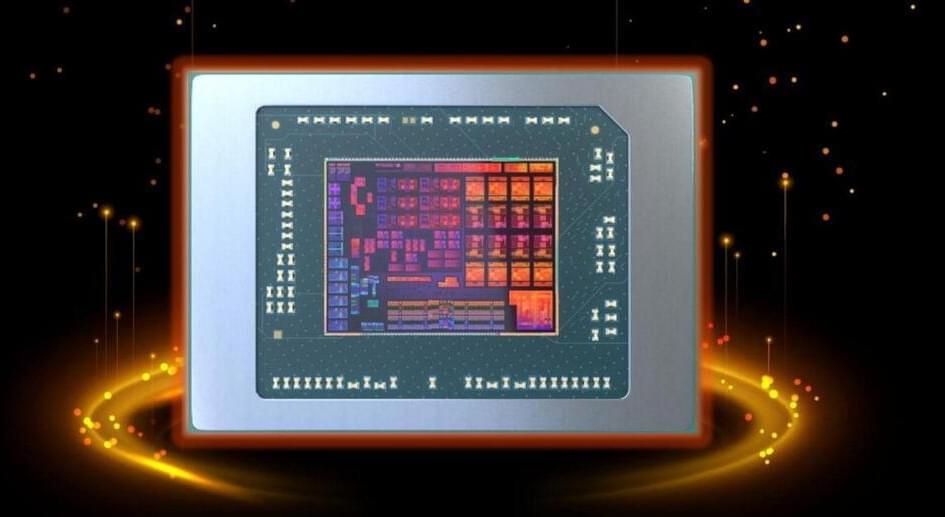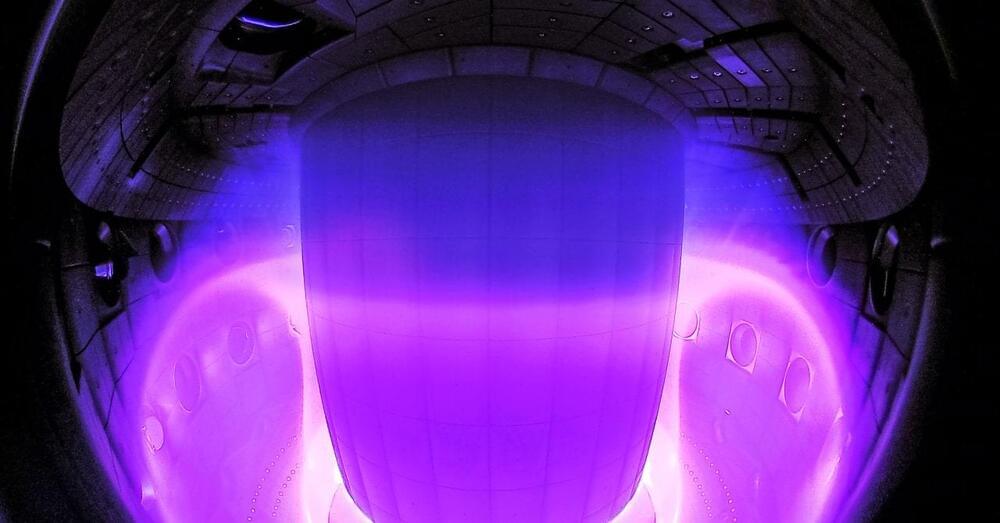Chip crisis? What chip crisis?
AMD has finally lifted the lid on its Ryzen 6,000 series mobile chips and the core 6nm design is far more than just an optical shrink. The resulting “massive increase in yield” means far more CPUs spilling out of TSMCs foundry, which can only help an industry in a chip supply crisis.
These Zen 3+ CPUs are going to be making their way to gaming laptops soon, and promise great things for notebooks this year. Intel’s Alder Lake mobile CPUs are also going to be dropping at the same time, plus we’ve got Nvidia’s mobile 3,070 Ti and 3,080 Ti to look forward to as well. If you’ve been putting off getting a new mobile gaming machine, then your patience should pay off nicely.









